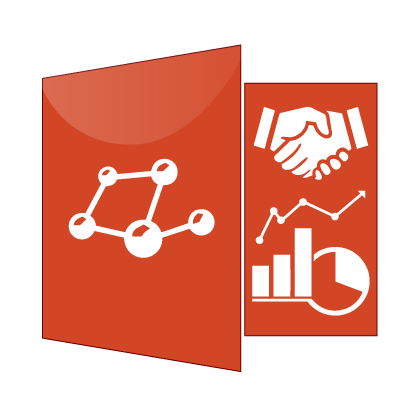Negotiated territorial development in a multi-stakeholders participatory resource planning approach. An initial sustainable framework for the Near East region

This tool provides a holistic approach for the Near East to implement a participatory land and water use planning process that integrates land, water, tenure and gender together. This region has the lowest per-capita water availability in the world, some of the lowest per-capita arable land availability in the world, and the majority of the land area subject to/ affected by various forms of land degradation.
Given these conditions efficient land and water management practices are called for, but to get there it is necessary to promote the engagement of all concerned stakeholders in planning and managing land, water and agrobiodiversity. As currently there exists little systematic knowledge about the roles of gender in land and water management in the region, the approach must be both participatory and gender-sensitive.
The proposed guidelines focus on five key elements: access/use/management of land and other natural resources , inclusive development and gender sensitivity. The approach is characterized by the following phases:
(1) getting started (establishing goals, terms of reference and method of work);
(2) diagnostic of the territory (Economic Ecological Zoning) and its actors, using a gender sensitive perspective (individual and collective stakeholders, public and private) to assess their strategies, visions and interests;
(3) scenarios building (dialogue and gender-responsive proposals and identifying opportunities for change);
(4) supporting the negotiation process amongst them in order to get into possible Territorial Pact/Plan (negotiation process, based on interests of the various stakeholders, and consensus building),
(5) implementing the Territorial Pact/Plan, and
(6) monitoring and evaluating the process.
The guidelines pay a lot of attention to the steps and methods for developing the framework of Economic-Ecological Zoning (EEZ), from the initial, rough delineation of zones of similar economic-ecological characteristics to a comprehensive characterization, that involves methods of qualitative and quantitative land and natural resources evaluation, a gender audit, and an analysis of livelihoods and access to land and water, and of stakeholder priorities. The EEZ framework for the Near East, unlike perhaps most other regions of the world, must be anchored on the crucial premise that the analysis of the land tenure system can not be separated from that of the water allocation system.
The guidelines were developed on the basis of FAO Guidelines for Land Use Planning, Participatory Land Use Development (PLUD), Improving Gender Equality in Territorial Issues (IGETI) and Socio-Economic and Gender Analysis (SEAGA) . The phasing and structuring of activities is based on the good practices and lessons learnt from FAO’s Participatory and Negotiated Territorial Development (PNTD).
